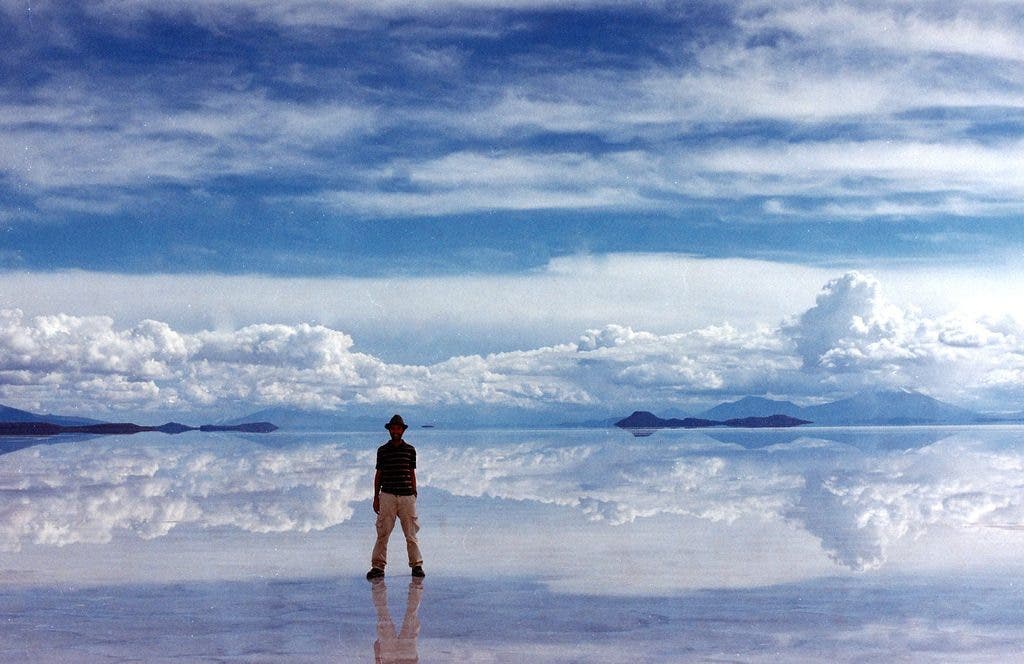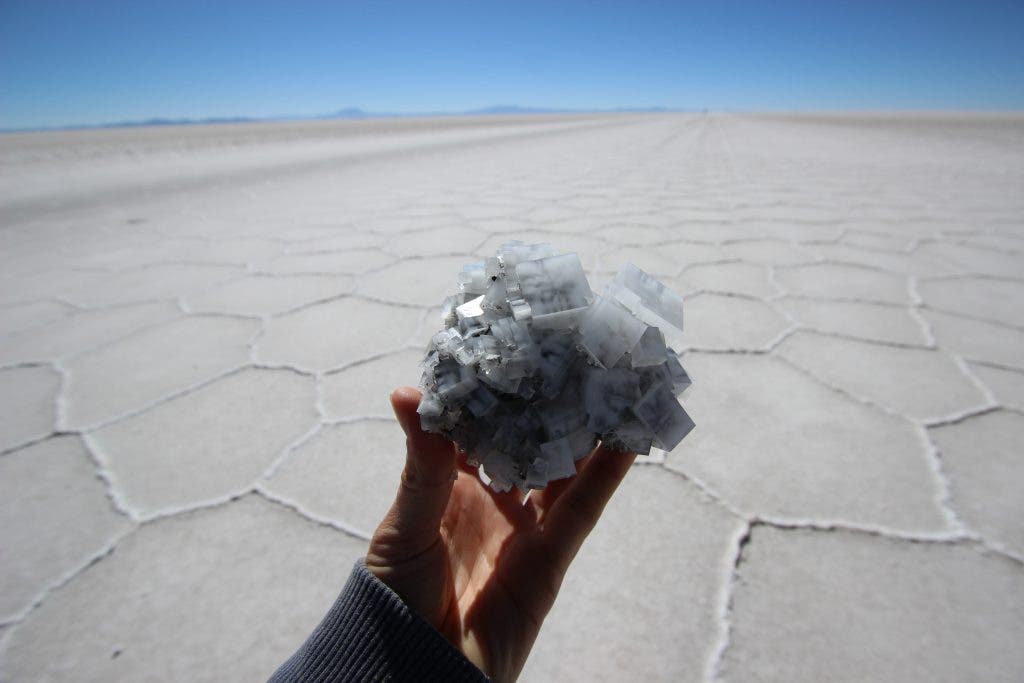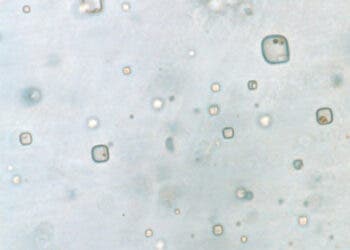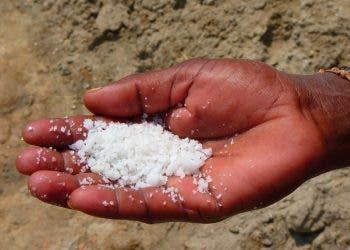Salar de Uyuni is the world’s largest salt flat at 10,582 square kilometers (4,086 sq mi). It is located in the Daniel Campos Province in Potosí in southwest Bolivia, close to the crests of the Andes, at 3,656 meters (11,995 ft) above sea level. It was captured in all its splendor in the above timelapse, by Enrique Pacheco.
The Salar was formed as a result of transformations between several prehistoric lakes. It is covered by a few meters of incredibly flat salt, varying by only a few meters in height over the entire area of the Salar. The crust serves as a source of salt and covers a pool of brine.
But it’s not just beauty and geological curiosity – the Salar has a very high economic importance, as it hosts 50 to 70% of the world’s currently extractable resources. The flat is also a preferred location for satellite calibration, due to the absence of industry and its high elevation, the skies above Salar de Uyuni are very clear, and the air is dry .
Salar de Uyuni is estimated to contain 10 billion tonnes (9.8 billion LT; 11 billion ST) of salt, of which less than 25,000 tonnes (25,000 long tons; 28,000 short tons) is extracted annually.







